Worm Gearbox for Textile Machinery
The industrial and mechanical world has seen a significant evolution with the introduction of advanced mechanisms like the Worm Gearbox. In this article, we delve into the intricacies of Worm Gearbox, its importance in industrial applications, and specifically its role in textile machinery.
Understanding the Basics of Worm Gearbox
A worm gearbox, also known as a worm drive, is a compact, high torque gear reducer that uses a worm to reduce speed. The worm, which resembles a screw, engages with a worm gear to create a large reduction ratio. This simple yet effective mechanism is integral to several industrial applications, including textile machinery.
Working Principle of Worm Gear Reducer
Engagement between Worm and Worm Gear
The worm gear reducer operates on a simple principle. The worm, which is the driving component, meshes with the worm gear, forcing it to rotate. The worm has one or more teeth and it turns the worm gear, which has multiple teeth. As the worm gear has more teeth, the speed reduction ratio is significant.
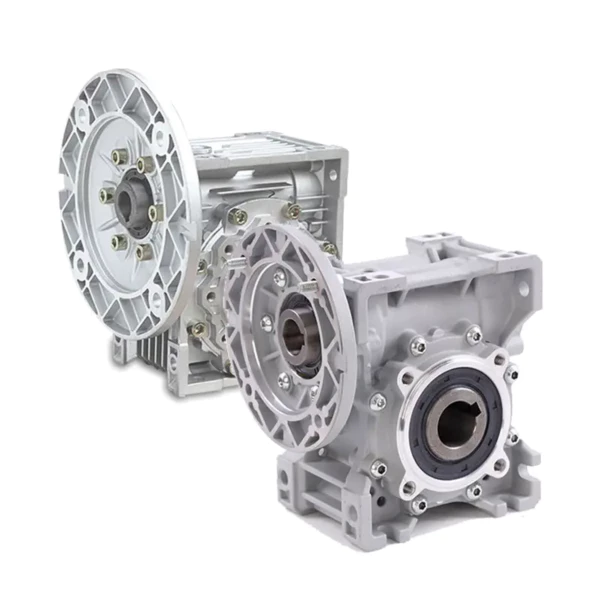
Transmission of Rotation
The rotation is transferred from the worm to the worm gear in a unique manner. The worm's thread engages the teeth on the worm gear causing it to turn. This movement is smooth and noiseless, making it ideal for machinery that requires quiet operation.
Structure and Components of Worm Gearbox
The worm gearbox is composed of several key components, each playing a vital role in its operation. These include:
- The Worm: This is the input component that drives the entire mechanism. It has one or more helical teeth.
- The Worm Gear: This is the output component that is driven by the worm. It has multiple teeth and is usually larger in size than the worm.
- The Input Shaft: This is the part where the input power is supplied. It is connected to the worm.
- The Output Shaft: This is where the reduced speed output is taken from. It is connected to the worm gear.
Why is Worm Gearbox Ideal for Textile Machinery?
There are several reasons why the worm gearbox is well-suited for textile machinery. These include:
- High Torque: Worm gearboxes can handle high torque levels, making them perfect for handling the heavy loads typical in textile machinery.
- Compact Design: The compact design of worm gearboxes is a boon for textile machinery where space can be at a premium.
- Smooth Operation: Worm gearboxes operate smoothly and quietly, a must for enhancing productivity in textile manufacturing.
- High Durability: Thanks to the robust construction, worm gearboxes can withstand the rigorous conditions of textile manufacturing.
- Efficiency: Worm gearboxes, with their high efficiency, can reduce energy consumption in textile machinery, thereby reducing operational costs.
Characteristics and Advantages of Worm Gear Motor
The worm gear motor, a critical component of a worm gearbox, is packed with features and offers several advantages:
- High Reduction Ratio: Worm gear motors can achieve high reduction ratios, making them ideal for applications that require slow speed and high torque.
- Self-locking Capability: Worm gear motors have a self-locking feature that prevents the system from back-driving, ensuring safety and reliability.
- Smooth and Quiet: These motors operate smoothly and quietly, making them suitable for applications where noise reduction is important.
- Compact and Lightweight: Worm gear motors are compact and lightweight, making them easy to integrate into machinery and equipment.
- High Durability: These motors are highly durable and resistant to wear and tear, ensuring a long service life.
Selecting the Right Worm Reducer for Textile Machinery
Choosing the right worm reducer for textile machinery involves several considerations:
- Load Capacity: The worm reducer must be able to handle the load of the textile machinery.
- Speed Requirements: The reducer should meet the speed requirements of the machinery.
- Size and Mounting: The reducer should fit into the available space and be easy to mount.
- Operational Environment: The reducer should be able to withstand the operating conditions, such as temperature and humidity.
- Cost: The cost of the reducer should be within the budget, without compromising on quality and performance.
Motors for Worm Gear Reducers
Motor selection is crucial for the efficient operation of worm gear reducers. The motor and the reducer work in tandem to provide the desired output. We offer a range of electric motors designed to complement our worm gear reducers, ensuring optimal performance and longevity.
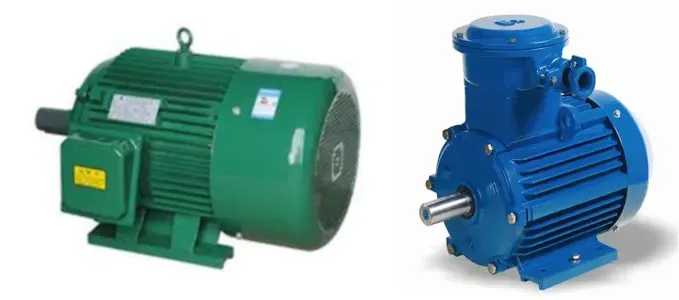
About Us
We are a comprehensive transmission equipment manufacturer integrating research and development, manufacturing, and sales of speed reducers. With more than 15 years of experience in the design, production, manufacture, and sales of gearboxes, we serve customers in Europe, America, Africa, Asia, etc., and have won the praise of the market. Our main products include MRV series worm gear reducer, GV series gear reducer, RT series solar reducer, XV series planetary reducer, BD series harmonic reducer, and various types of non-standard reducer, products are widely used in equipment Industry, food industry, car washing industry, packaging industry, transmission industry, automation industry, solar energy industry and so on. We invite you to explore our product range and contact us for your requirements.
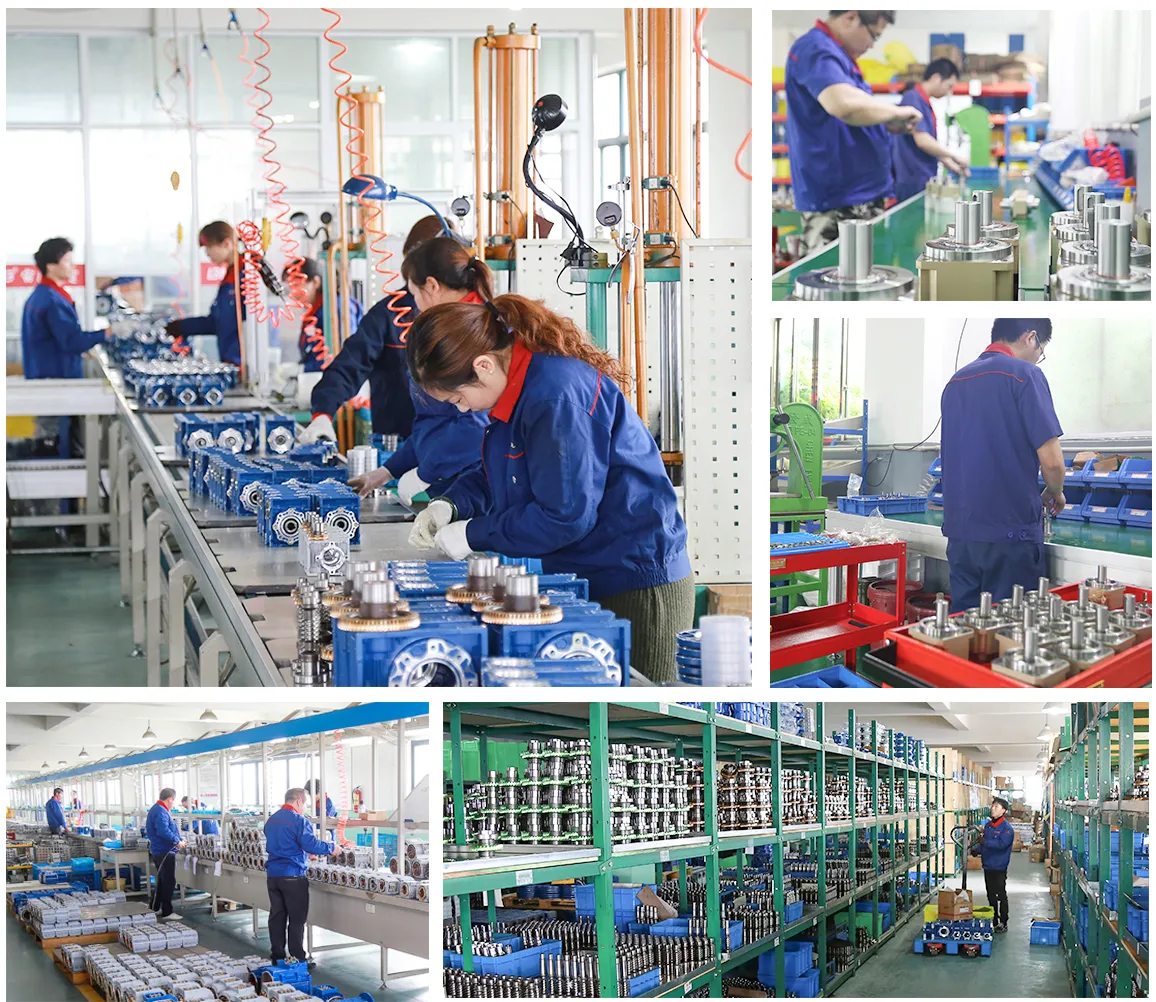
FAQs
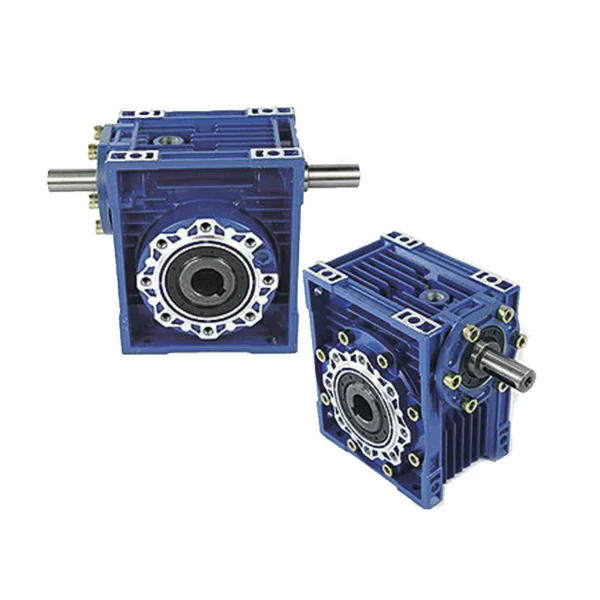
Q1: What is the service life of a worm gearbox?
A1: The service life of a worm gearbox depends on several factors such as load, speed, operating conditions, and maintenance. However, with proper use and maintenance, a worm gearbox can last for several years.
Q2: Can worm gearboxes be used in other industries apart from the textile industry?
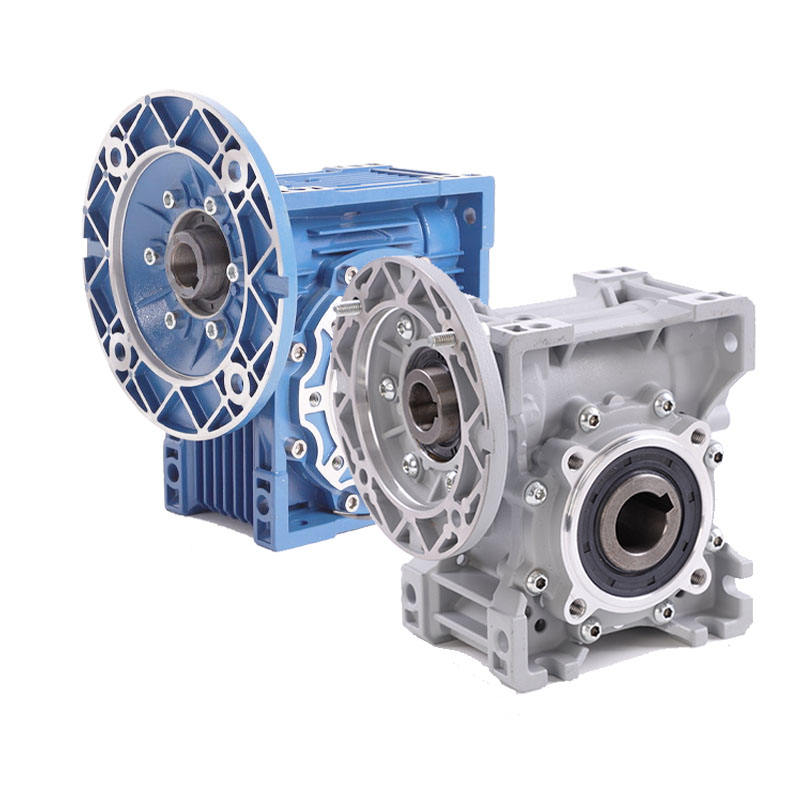
A2: Yes, worm gearboxes are versatile and can be used in several industries including food processing, packaging, equipment industry, automation industry, solar energy industry etc.
Q3: How to maintain a worm gearbox?
A3: Regular inspection, proper lubrication, and timely replacement of worn-out parts are key to maintaining a worm gearbox. Additionally, operating the gearbox within its load and speed limits can also extend its service life.
Edited by Zqq